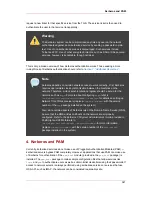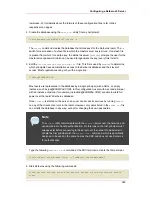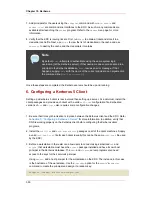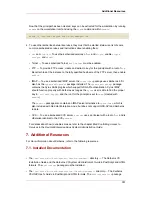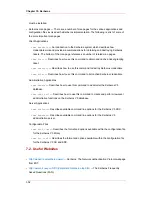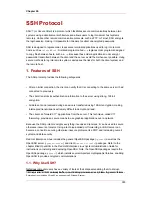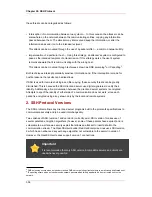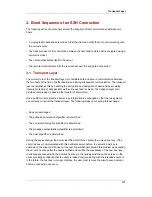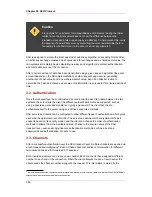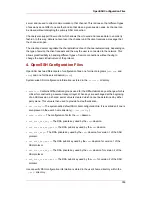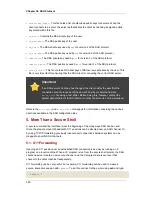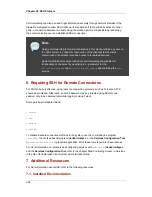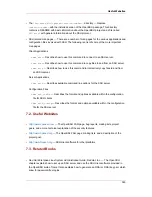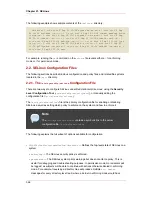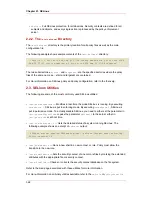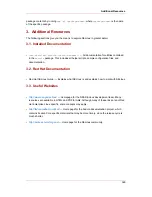
2
DNS poisoning occurs when an intruder cracks a DNS server, pointing client systems to a maliciously duplicated host.
3
IP spoofing occurs when an intruder sends network packets which falsely appear to be from a trusted host on the
network.
these threats can be categorized as follows:
• Interception of communication between two systems — In this scenario, the attacker can be
somewhere on the network between the communicating entities, copying any information
passed between them. The attacker may intercept and keep the information, or alter the
information and send it on to the intended recipient.
This attack can be mounted through the use of a packet sniffer — a common network utility.
• Impersonation of a particular host — Using this strategy, an attacker's system is configured to
pose as the intended recipient of a transmission. If this strategy works, the user's system
remains unaware that it is communicating with the wrong host.
This attack can be mounted through techniques known as DNS poisoning
2
or IP spoofing
3
.
Both techniques intercept potentially sensitive information and, if the interception is made for
hostile reasons, the results can be disastrous.
If SSH is used for remote shell login and file copying, these security threats can be greatly
diminished. This is because the SSH client and server use digital signatures to verify their
identity. Additionally, all communication between the client and server systems is encrypted.
Attempts to spoof the identity of either side of a communication does not work, since each
packet is encrypted using a key known only by the local and remote systems.
2. SSH Protocol Versions
The SSH protocol allows any client and server programs built to the protocol's specifications to
communicate securely and to be used interchangeably.
Two varieties of SSH (version 1 and version 2) currently exist. SSH version 1 makes use of
several patented encryption algorithms (however, some of these patents have expired) and is
vulnerable to a well known security exploit that allows an attacker to insert data into the
communication stream. The OpenSSH suite under Red Hat Enterprise Linux uses SSH version
2 which has an enhanced key exchange algorithm not vulnerable to the exploit in version 1.
However, the OpenSSH suite does support version 1 connections.
Important
It is recommended that only SSH version 2-compatible servers and clients are
used whenever possible.
Chapter 20. SSH Protocol
356
Summary of Contents for ENTERPRISE LINUX 4.5.0 -
Page 1: ...Red Hat Enterprise Linux 4 5 0 4 5 0 Reference Guide ISBN N A Publication date ...
Page 2: ...Red Hat Enterprise Linux 4 5 0 ...
Page 4: ...Red Hat Enterprise Linux 4 5 0 ...
Page 24: ...xxiv ...
Page 26: ......
Page 36: ...12 ...
Page 72: ...48 ...
Page 112: ...88 ...
Page 122: ...98 ...
Page 140: ...116 ...
Page 142: ......
Page 300: ...276 ...
Page 318: ...294 ...
Page 320: ......
Page 332: ...308 ...
Page 350: ...326 ...
Page 378: ...354 ...
Page 388: ...364 ...
Page 394: ...370 ...
Page 395: ...Part IV Appendixes ...
Page 396: ......






